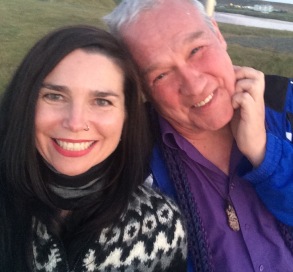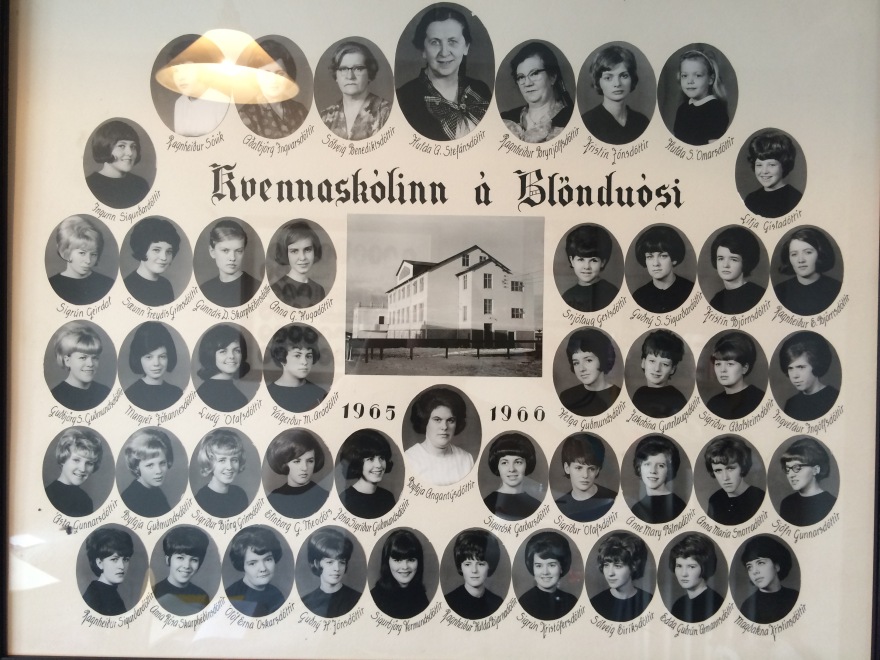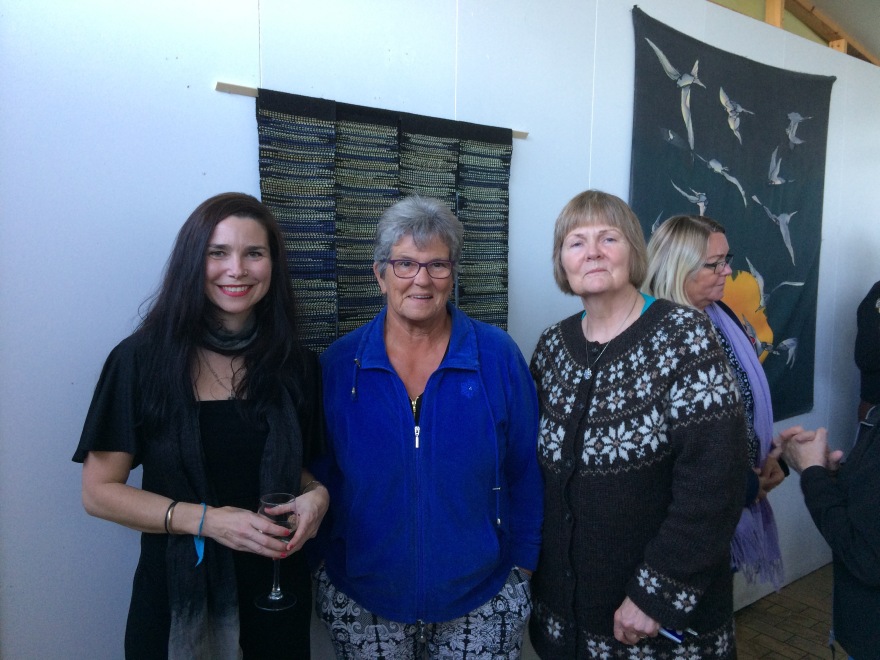
Reynir is the Icelandic (Old Norse) name for the Rowan tree, thus my Icelandic friend Reynir Katrínar is, in English, named Rowan. The pot of reynir baer (rowan berries) above was picked for me and delivered by surprise one day, by Reynir himself. This tree, also called (confused with) Mountain Ash, has long been used for dyeing textiles. See more on uses on Wikipedia, here. Folklore also calls this tree, service-tree and the berries, service berries. See more on rowan tree folklore on Wikipedia, here.

According to Wikipedia, “The Old English name of the rowan is cwic-beám, which survives in the name quickbeam (also quicken, quicken-tree, and variants). This name by the 19th century was reinterpreted as connected to the word witch, from a dialectal variant wick for quick and names such as wicken-tree, wich-tree, wicky, wiggan-tree, giving rise to names such as witch-hazel and witch-tree.” I do know that the rowan tree is considered to be one of the most magical trees for use in ritual and spell-casting, likely due to its etymological roots, but also due to the fact that on its underside, it bears a 5-pointed star, connected to the symbol of the pentagram.
The rowan berries gave a pinky fleshy-colour on silk, and a warm, light-beige on the Lopi wool.




























